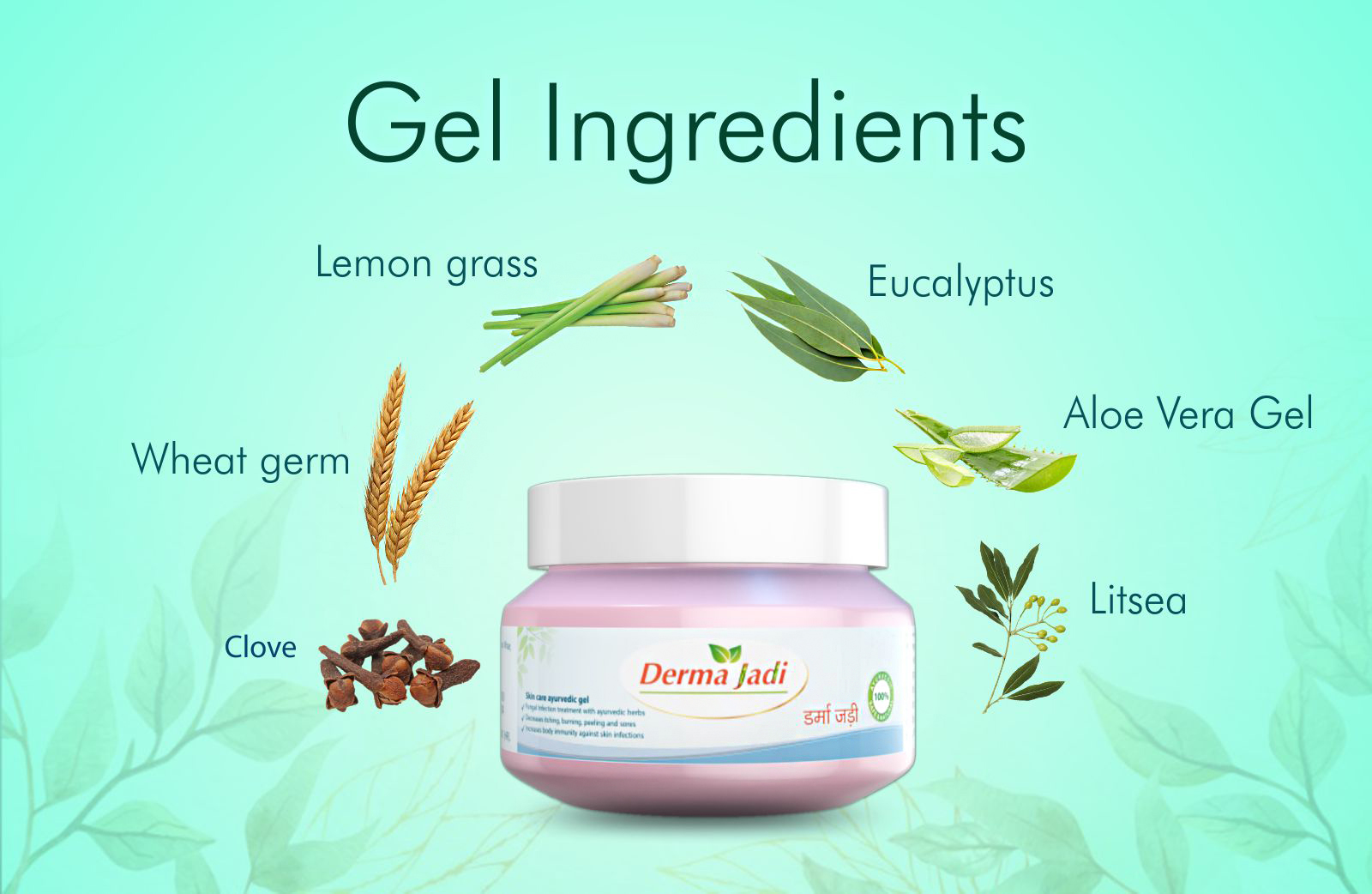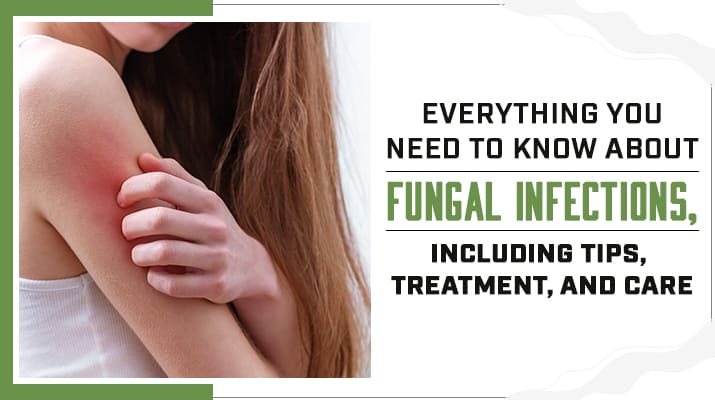Fungal infections are common and can affect various parts of the body, including the skin, nails, and lungs. Despite their prevalence, many people are not fully aware of how these infections occur, how to recognize the symptoms, and how to effectively treat them. In this blog, we will explore the causes, symptoms, types, prevention, and treatment options for fungal infections.
What Are Fungal Infections?
Fungal infections, also known as mycoses, are caused by fungi. Fungi are a group of organisms that include yeasts, molds, and mushrooms. They are found in various environments and can sometimes cause infections in humans. Fungal infections can range from superficial, affecting the skin and nails, to systemic, affecting internal organs.
Common Types of Fungal Infections
- Athlete’s Foot (Tinea Pedis):
- Causes: Caused by dermatophytes, fungi that thrive in warm, moist environments like locker rooms and public showers.
- Symptoms: Itching, burning, and cracked skin between the toes or on the soles of the feet.
- Ringworm (Tinea Corporis):
- Causes: Also caused by dermatophytes.
- Symptoms: Ring-shaped, red, itchy patches on the skin.
- Jock Itch (Tinea Cruris):
- Causes: Another dermatophyte infection, often seen in athletes.
- Symptoms: Itchy, red rash in the groin area.
- Yeast Infections (Candidiasis):
- Causes: Caused by Candida species, commonly Candida albicans.
- Symptoms: Vary depending on the area affected but can include itching, redness, and discharge.
- Nail Fungus (Onychomycosis):
- Causes: Can be caused by dermatophytes, yeasts, or non-dermatophyte molds.
- Symptoms: Thickened, discolored, and brittle nails.
- Fungal Lung Infections:
- Causes: Can be caused by fungi like Aspergillus and Histoplasma.
- Symptoms: Cough, fever, chest pain, and difficulty breathing.
Causes and Risk Factors
Fungal infections occur when harmful fungi overgrow on or inside the body. Several factors can increase the risk of developing a fungal infection:
- Warm and Moist Environments: Fungi thrive in these conditions, making areas like locker rooms and public showers common sources of infection.
- Weakened Immune System: People with weakened immune systems, such as those with HIV/AIDS, cancer, or diabetes, are more susceptible to fungal infections.
- Antibiotic Use: Prolonged use of antibiotics can disrupt the natural balance of microorganisms, leading to fungal overgrowth.
- Poor Hygiene: Infrequent washing and staying in sweaty clothes can increase the risk of skin fungal infections.
- Close Contact: Direct contact with an infected person or animal can spread fungal infections.
Symptoms of Fungal Infections
The symptoms of fungal infections vary depending on the type and location of the infection. Common symptoms include:
- Skin Infections: Red, itchy, and scaly patches; ring-shaped rashes; blisters.
- Nail Infections: Thickened, discolored, and brittle nails.
- Mucosal Infections: White patches, itching, and discharge (e.g., oral thrush, vaginal yeast infections).
- Systemic Infections: Fever, cough, chest pain, and fatigue.
Prevention Tips
Preventing fungal infections involves maintaining good hygiene and taking precautions in environments where fungi thrive. Here are some tips:
- Keep Skin Dry and Clean: Regularly wash and dry your skin, especially in areas prone to sweating.
- Wear Breathable Clothing: Choose fabrics that allow your skin to breathe and avoid tight clothing.
- Use Antifungal Powders: In areas prone to moisture, such as feet and groin, antifungal powders can help keep these areas dry.
- Avoid Sharing Personal Items: Towels, shoes, and grooming tools can spread fungi.
- Practice Good Nail Hygiene: Keep your nails trimmed and clean. Avoid sharing nail clippers.
Treatment Options
Treating fungal infections typically involves antifungal medications, which can be administered topically, orally, or intravenously, depending on the severity and location of the infection.
- Topical Antifungals: Creams, ointments, and sprays applied directly to the affected area. Commonly used for skin and nail infections.
- Examples: Clotrimazole, Miconazole, Terbinafine.
- Oral Antifungals: Pills or capsules used for more severe or widespread infections.
- Examples: Fluconazole, Itraconazole, Terbinafine.
- Intravenous Antifungals: Used for serious systemic infections, often administered in a hospital setting.
- Examples: Amphotericin B, Voriconazole.
When to See a Doctor
While many fungal infections can be treated with over-the-counter medications, it’s important to see a healthcare provider if:
- The infection does not improve with treatment.
- The infection spreads or worsens.
- You have a weakened immune system.
- You experience severe symptoms like fever and difficulty breathing.
Conclusion
Fungal infections are common and can affect various parts of the body. While they can be uncomfortable and sometimes persistent, they are usually treatable with appropriate antifungal medications. By understanding the causes, recognizing the symptoms, and following prevention tips, you can reduce your risk of developing a fungal infection. If you suspect you have a fungal infection, it’s always best to consult a healthcare provider for proper diagnosis and treatment.
One of the best cream for treat fungle infection Derma Jadi
Derma Jadi is an Ayurvedic Solution against all sorts of Skin Infections. It is 100 % Safe solution to treat infections without any painful treatments.
- Remedy for all sort of Fungal Infection
- Fungal infection Treatment with ayurvedic herbs
- No Pain, No Chemicals
- Reduces urge for scratching
- Decrease itching, Burning sensation, Peeling and sores
- Increases body immunity against skin infections
- Treats even Infections near private parts


